Andes Amazon Fund celebrates the recent joint expansion of the Mocagua, Macedonia, El Vergel and Zaragoza Indigenous Reserves in the Municipality of Leticia by Colombia’s National Land Agency. The four reserves are located alongside the Amazon river, bordering Perú, in Colombia’s department of Amazonas.
The expansion increases the area of these four Indigenous reserves by a combined total of 418,547 acres (169,380 hectares), and includes 53,192 acres (21,526 hectares) of previously unprotected land, while the rest recognizes Indigenous title to portions of Amacayacu National Park.
Along the Amazon River, biodiverse territories
The area expanded encompasses primary Amazonian humid tropical forest. The four Indigenous reserves are contiguous with Colombia’s Amacayacu National Park, strengthening the protection of areas hosting high biodiversity. Amacayacu National Park, originally established in 1975 was expanded in 1987 to encompass its current area of 660,367 acres (267,241 acres). The National park is home to extraordinary wildlife and plant species including the pygmy marmoset (Cebuella pygmaea), silver and blue butterflies and one of the largest species of lotus flowers. The expanded Indigenous reserves also enhance protection of an important area for bird conservation in Amacayacu National Park.
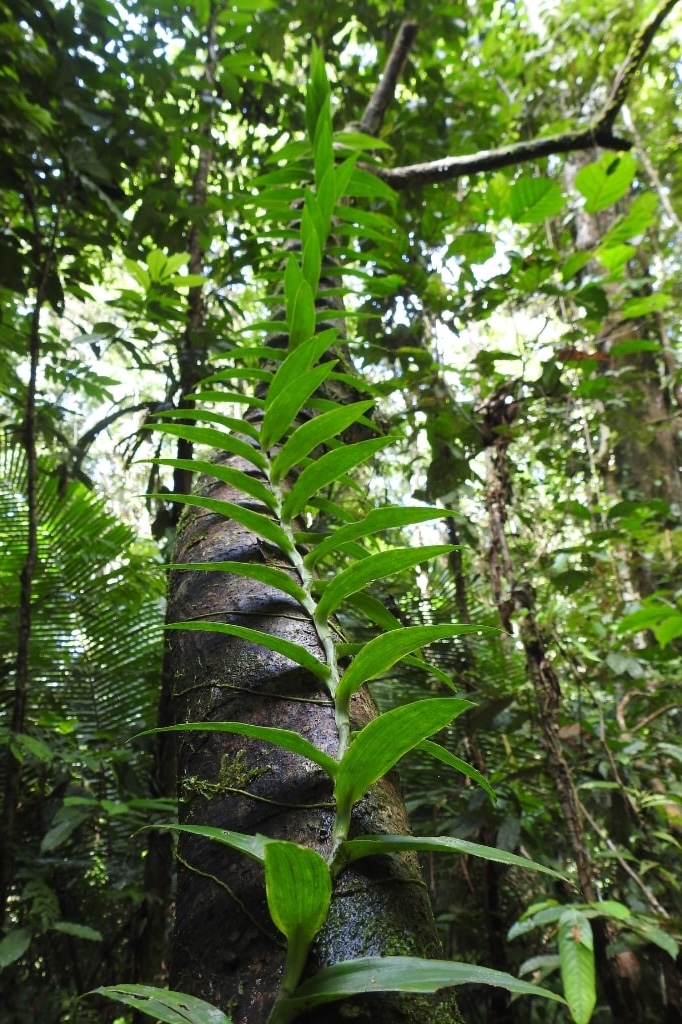
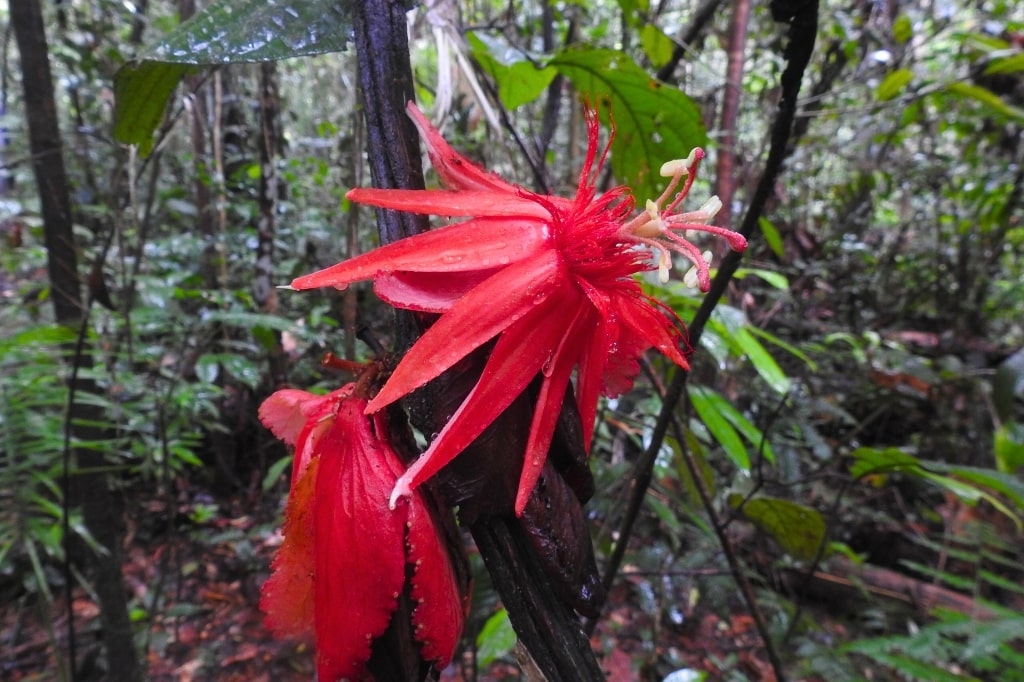
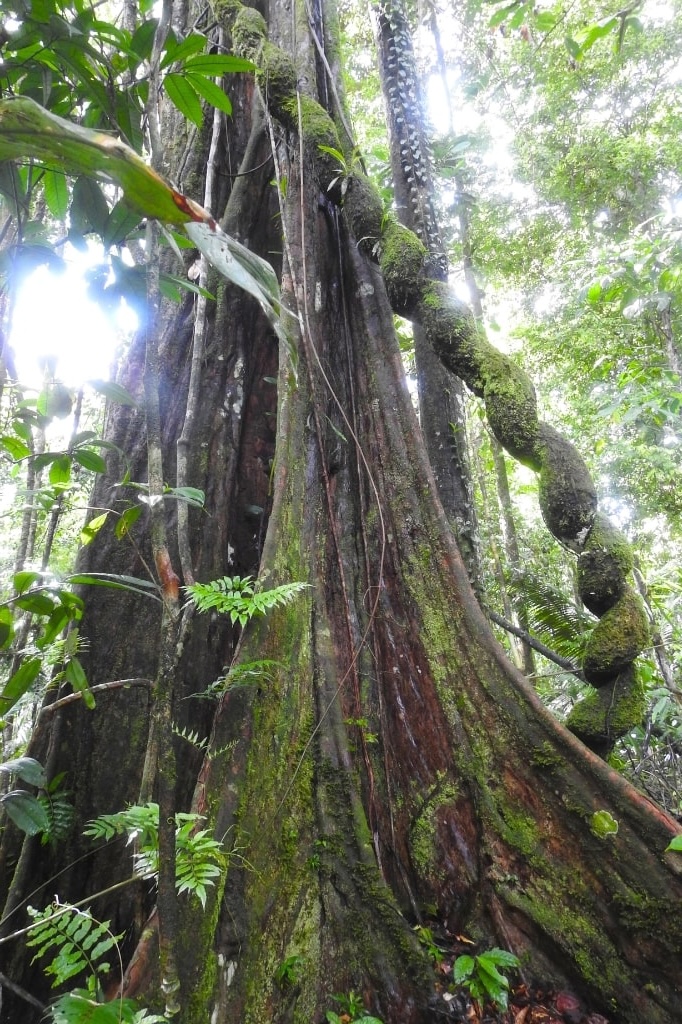
As part of the over 5,000 plant species identified in and around Amacayacu National Park, in the territories of the Mocagua, Macedonia, El Vergel and Zaragoza Indigenous Reserves, one can spot the bright red flowers of the perfumed passionflower (Passiflora vitifolia) which stand out from the undergrowth while creeping vines and lianas grow alongside the trunks of towering old growth Amazonian trees.
In Colombia, national parks and Indigenous reserves are compatible figures for conservation and Indigenous land tenure. The partial overlap of this joint expansion with Amacayacu National Park is an example of how protected areas and Indigenous lands can complement each other for territorial protection, where in this case the Indigenous governments of the involved reserves will coordinate updating their territorial management plans with the Colombian National Park Service. At the same time, the expansion is an example of how models for co-management of conservation areas can be implemented between Indigenous Peoples and state entities. Across the Colombian Amazon, protected areas are under increasing threat from illicit criminal networks which complicates the government’s ability to maintain a constant presence on the ground. Therefore alliances between the park service and local Indigenous communities such as those from Mocagua, Macedonia, El Vergel, and Zaragoza are crucial for monitoring and surveillance of the shared space between the national park and Indigenous territories in order to maintain the integrity of the ecosystems they protect.
Four Indigenous reserves jointly expanded
The four adjacent Indigenous reserves part of this expansion –Mocagua, Macedonia, El Vergel and Zaragoza– are pluriethnic, home to the Ticuna, Cocama, Yagua, Uitoto and Ocaina, Mirales Tanimuca, Yucuna and Matapi peoples.
The communities in these four Indigenous reserves share a vision for the future, and they see the formalization of this ancestral territory as necessary for both their physical and cultural survival. By formalizing collective property ownership, the expansion of these four indigenous reserves helps ensure the continuation of these cultures and the continued ecological function and biodiversity of the forests they have relied on and protected for generations.
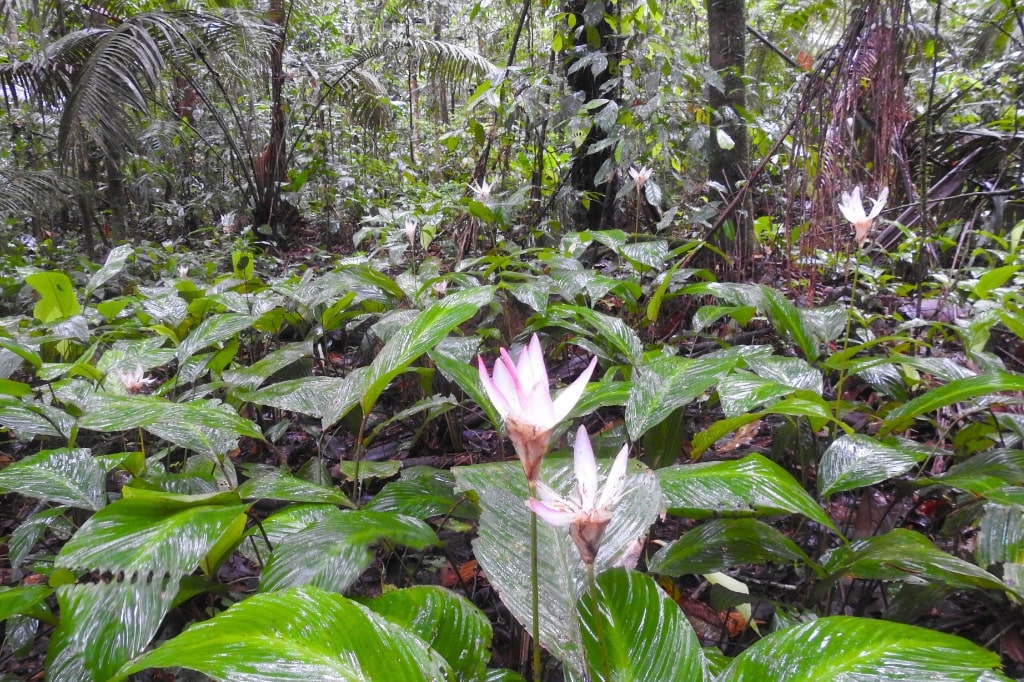
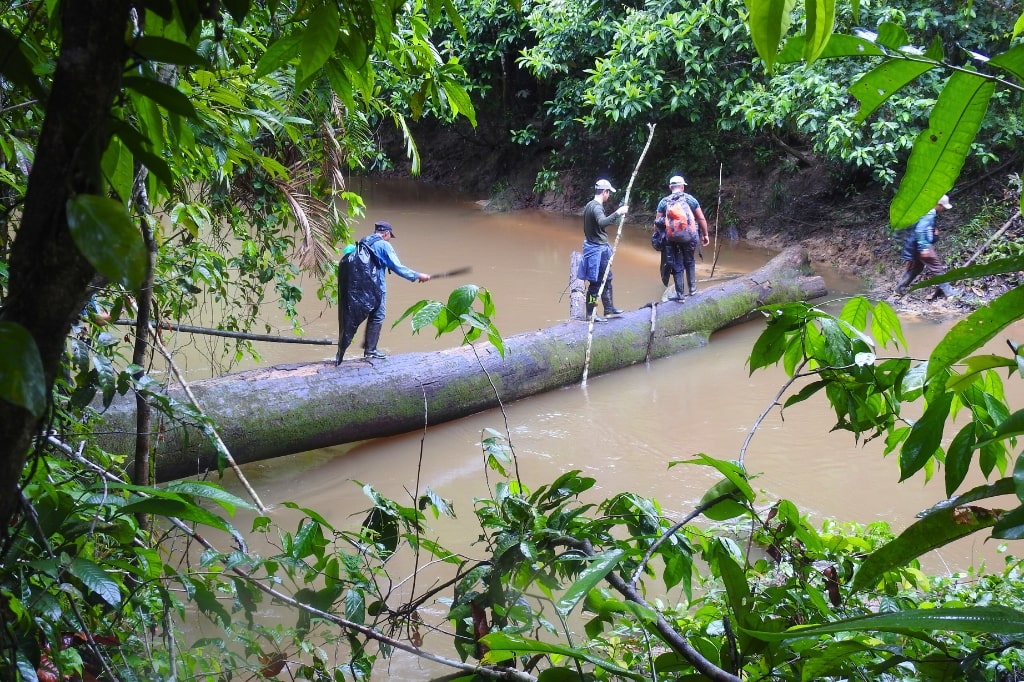
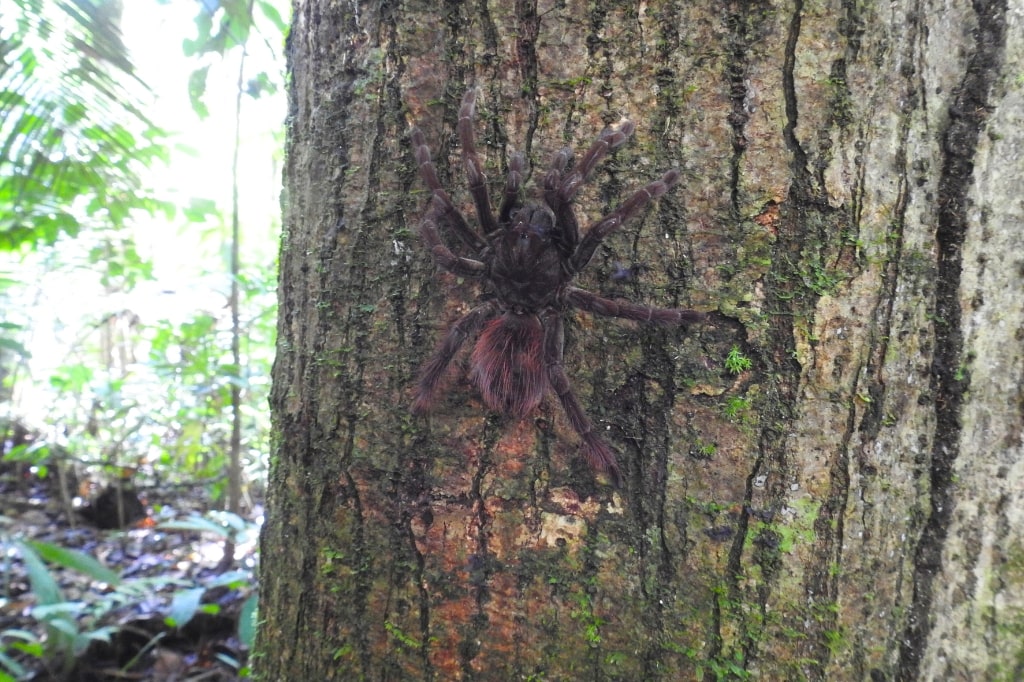
The community members of these four Indigenous reserves have expressed their commitment to the preservation of the environment and the rights of future generations to use it to satisfy their needs. These peoples see the Earth from a holistic perspective that includes, apart from the productive functions of the land, spirituality, sacredness, culture, health, food security, and ecology.
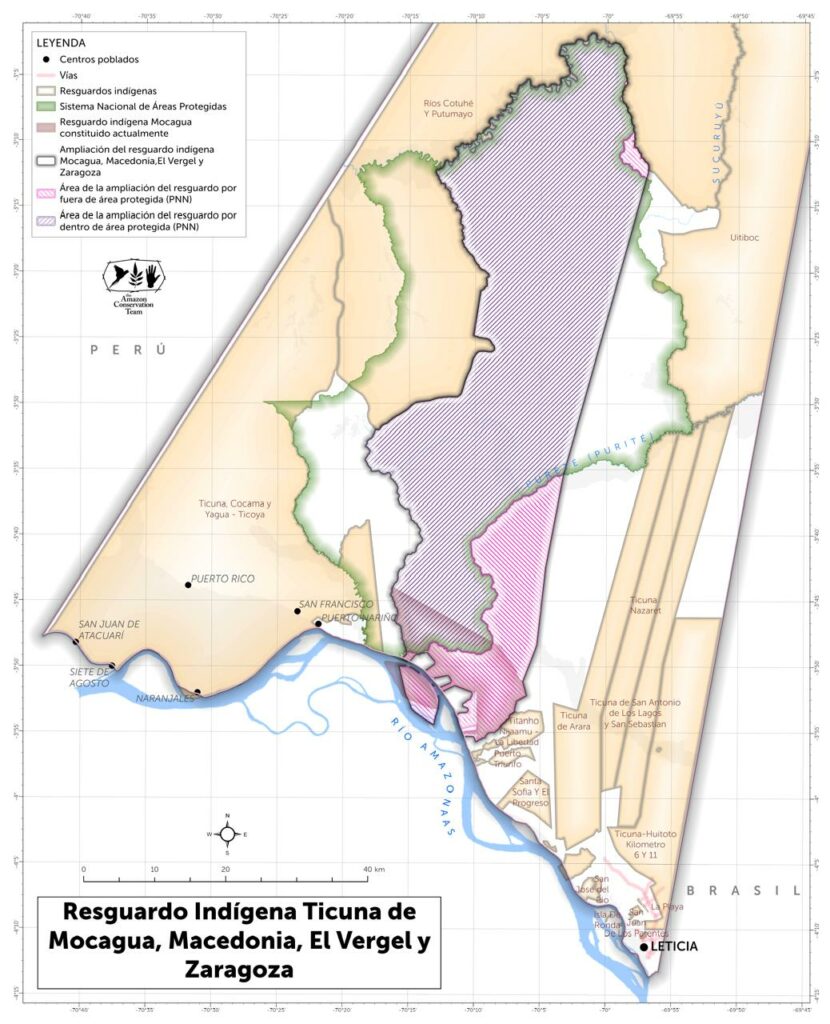
Acknowledgements:
The expansion of the Mocagua, Macedonia, El Vergel and Zaragoza Indigenous reserves was accomplished by Colombia’s National Land Agency, who led the majority of the expansion process, with technical assistance from the Amazon Conservation Team and complementary financial contributions from the Andes Amazon Fund, Re:wild, and by Art into Acres.
MAKE AN IMPACT
Learn how we can make an impact in our world together. Donate or get involved by subscribing to our email list:
